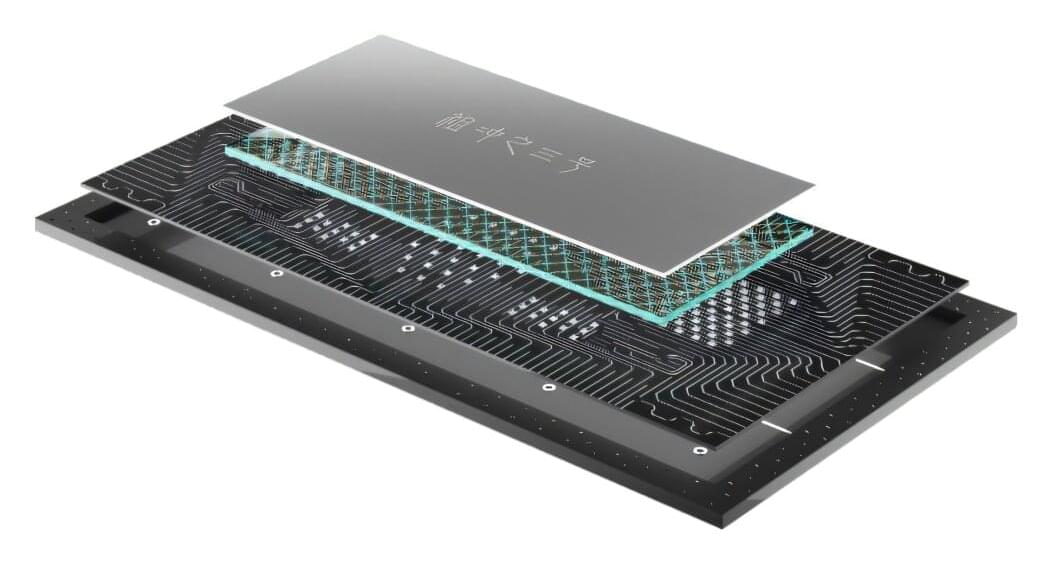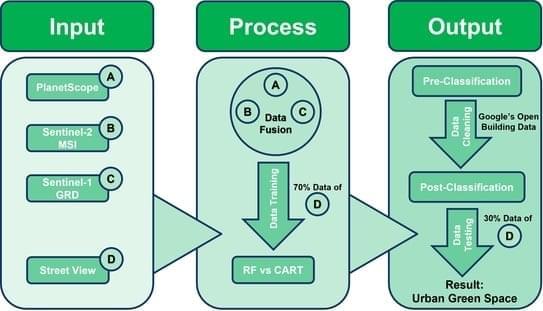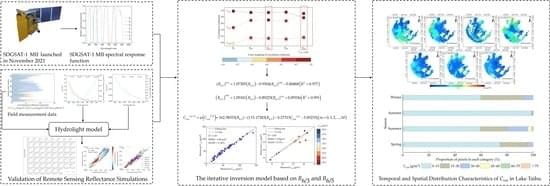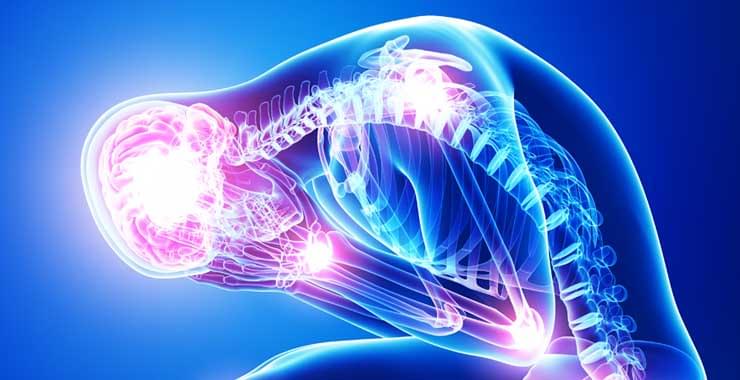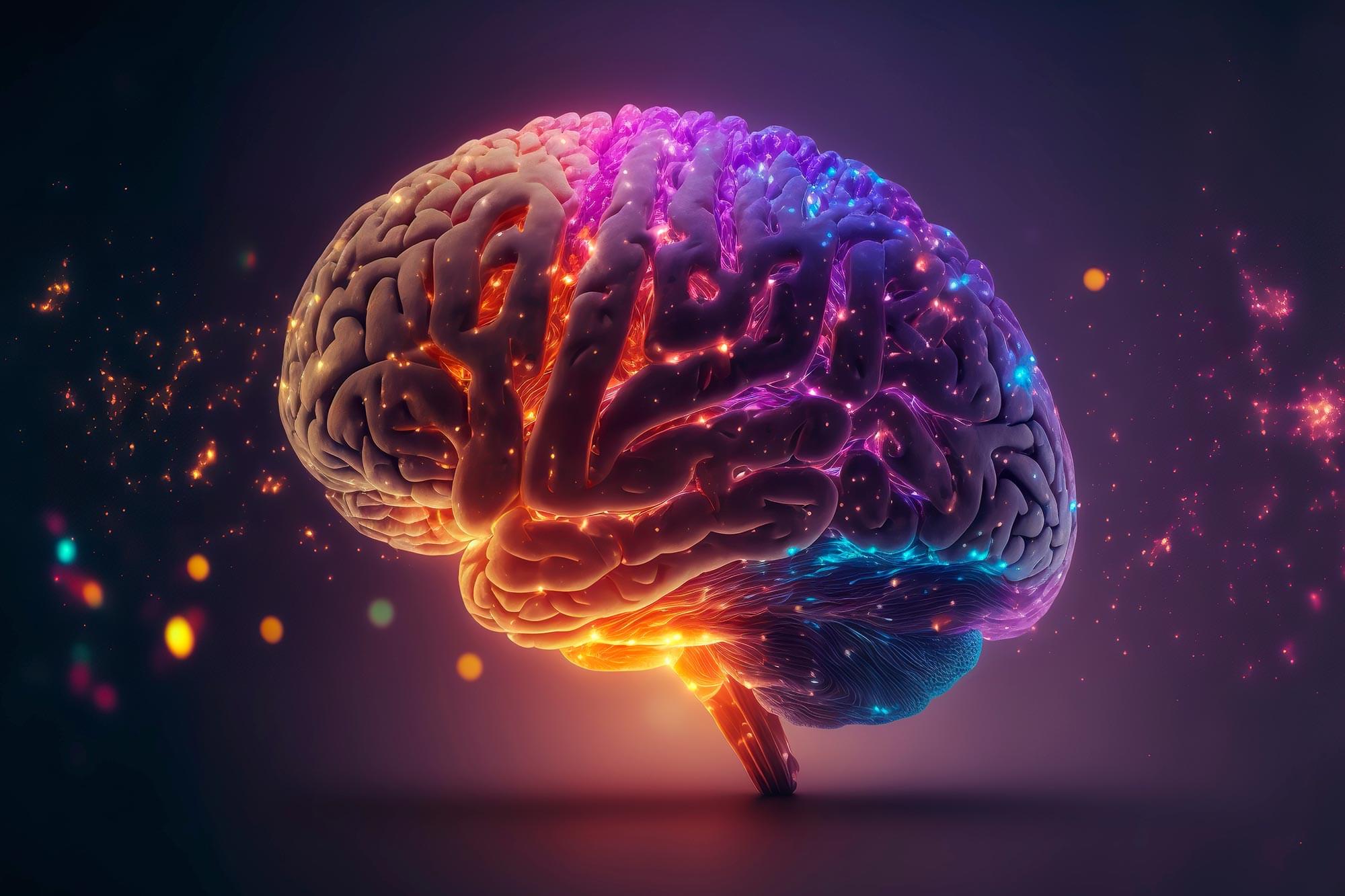Zuchongzhi-3, a superconducting quantum computing prototype with 105 qubits and 182 couplers, has made significant advancements in random quantum circuit sampling. This prototype was successfully developed by a research team from the University of Science and Technology of China (USTC).
This prototype operates at a speed that is 1015 times faster than the fastest supercomputer currently available and one million times faster than the latest results published by Google. This achievement marks a milestone in enhancing the performance of quantum computation, following the success of Zuchongzhi-2. The research findings have been published as the cover article in Physical Review Letters.
Quantum supremacy is the demonstration of a quantum computer capable of performing tasks that are infeasible for classical computers. In 2019, Google’s 53-qubit Sycamore processor completed a random circuit sampling task in 200 seconds, a task that would have taken approximately 10,000 years to simulate on the world’s fastest supercomputer at the time.
